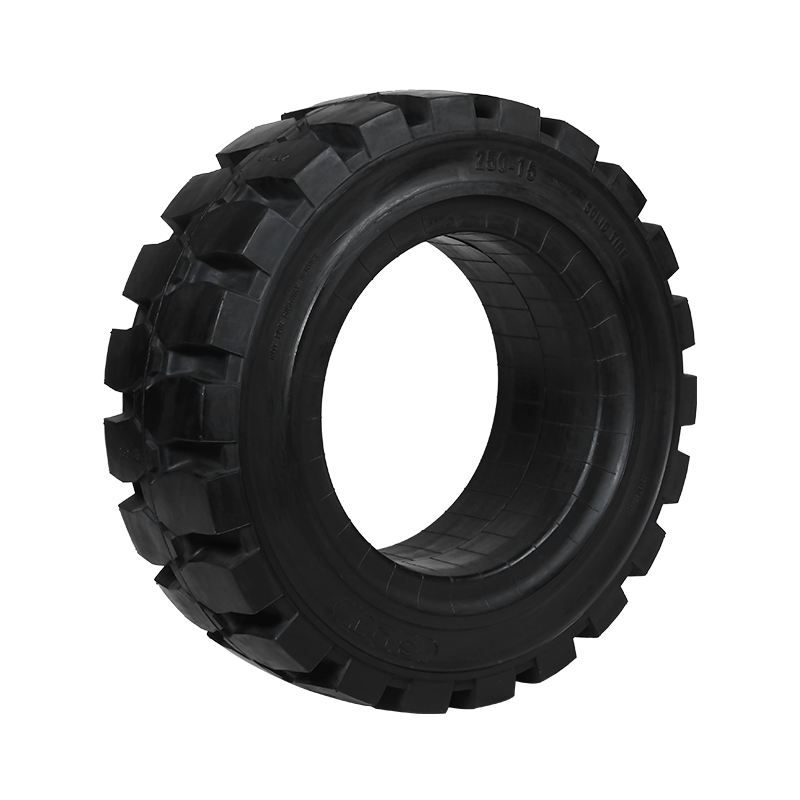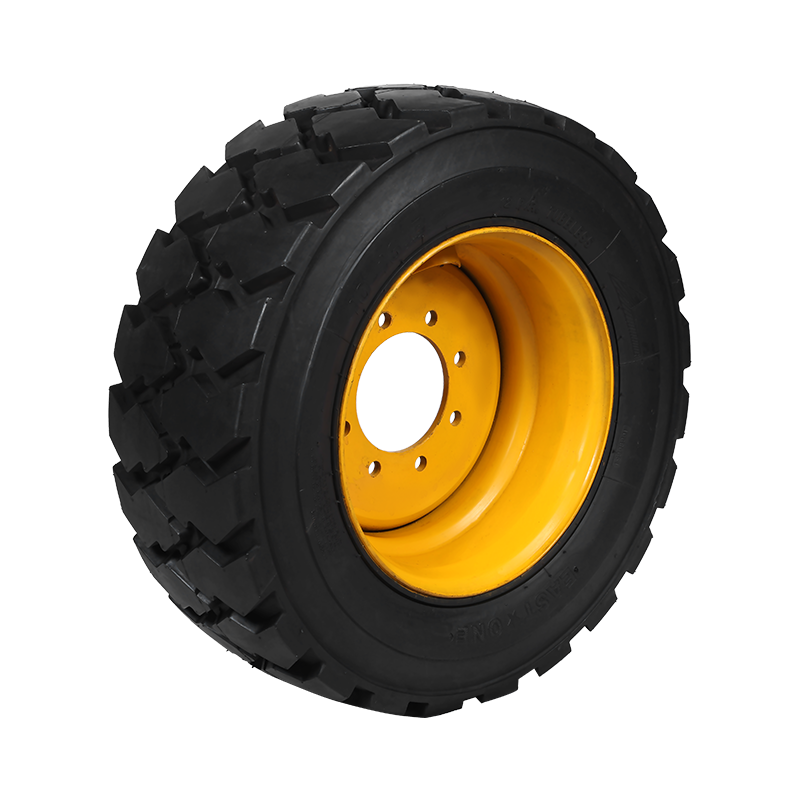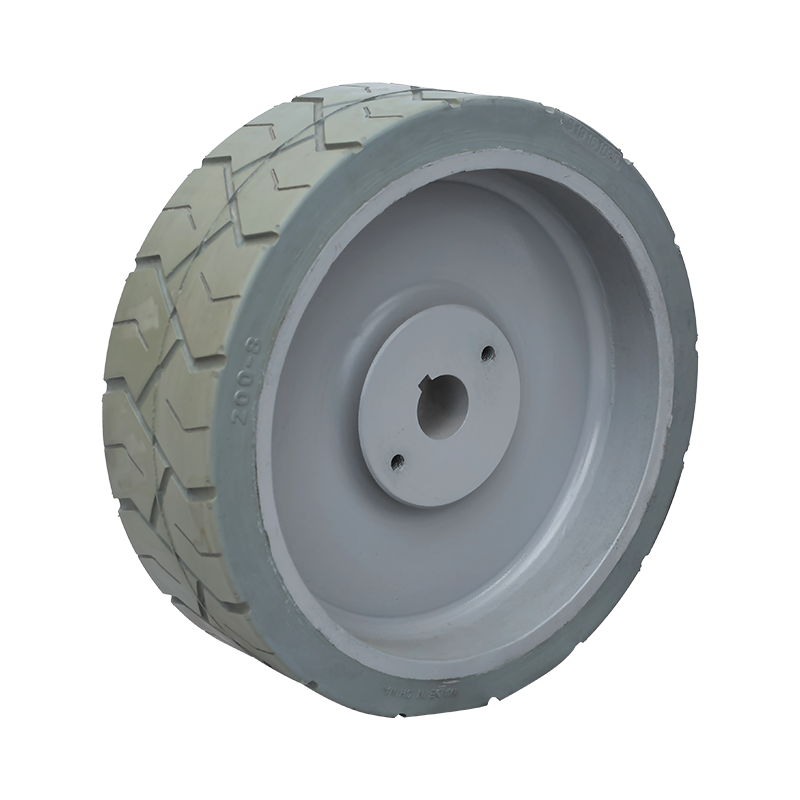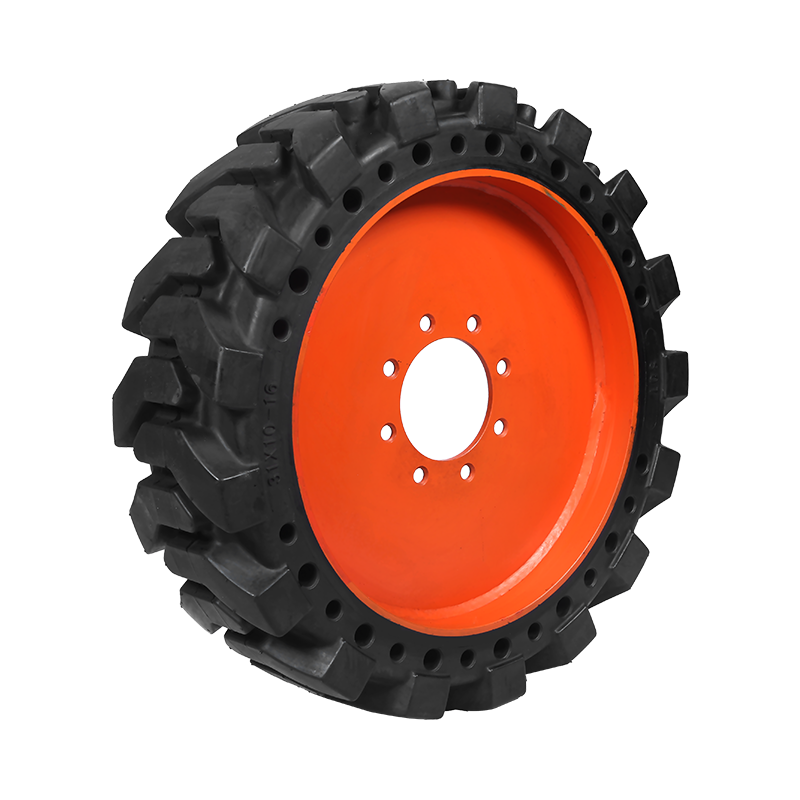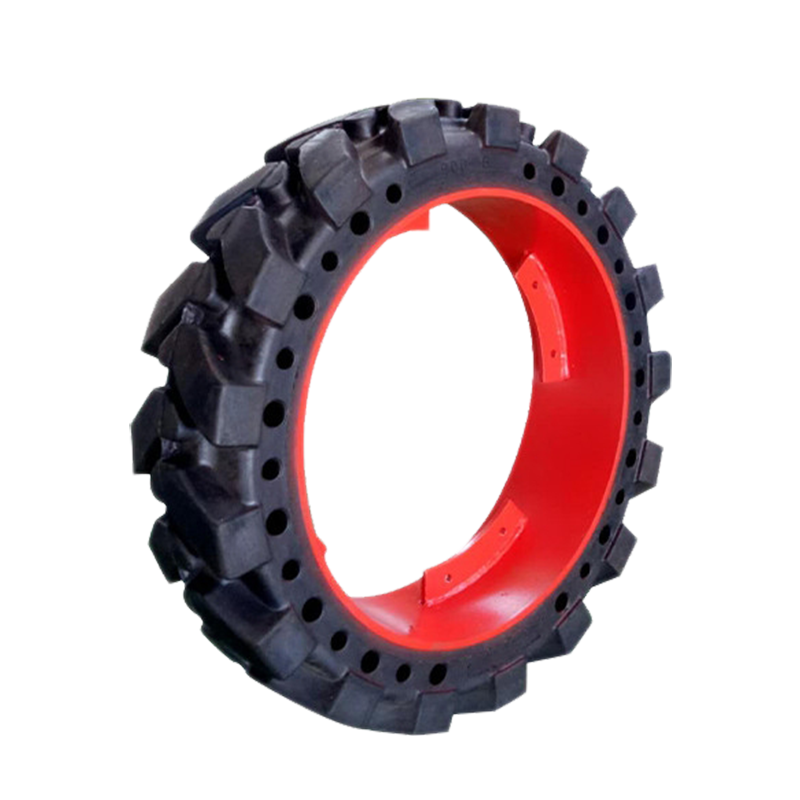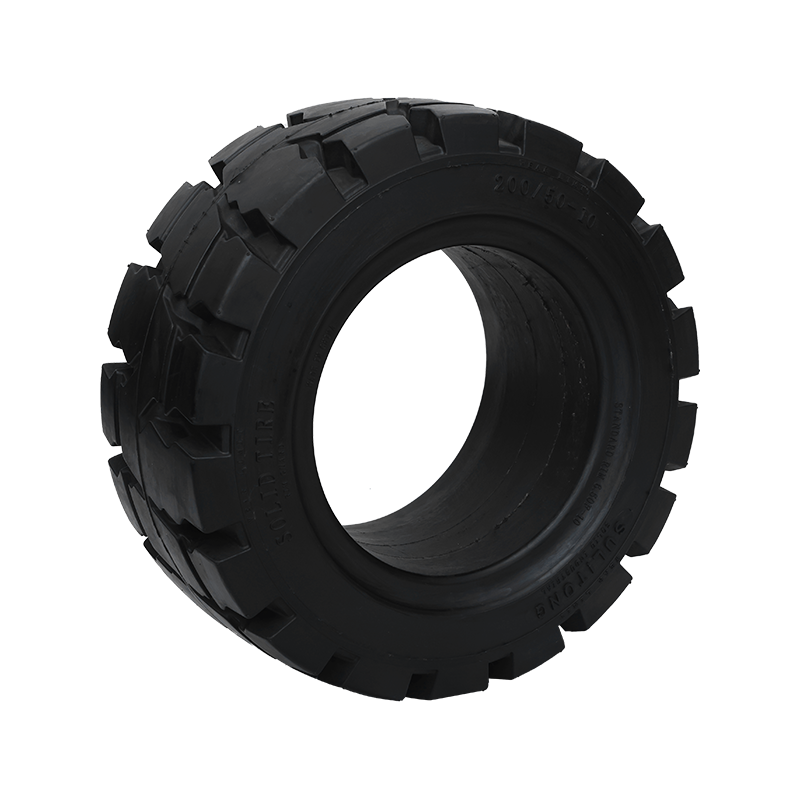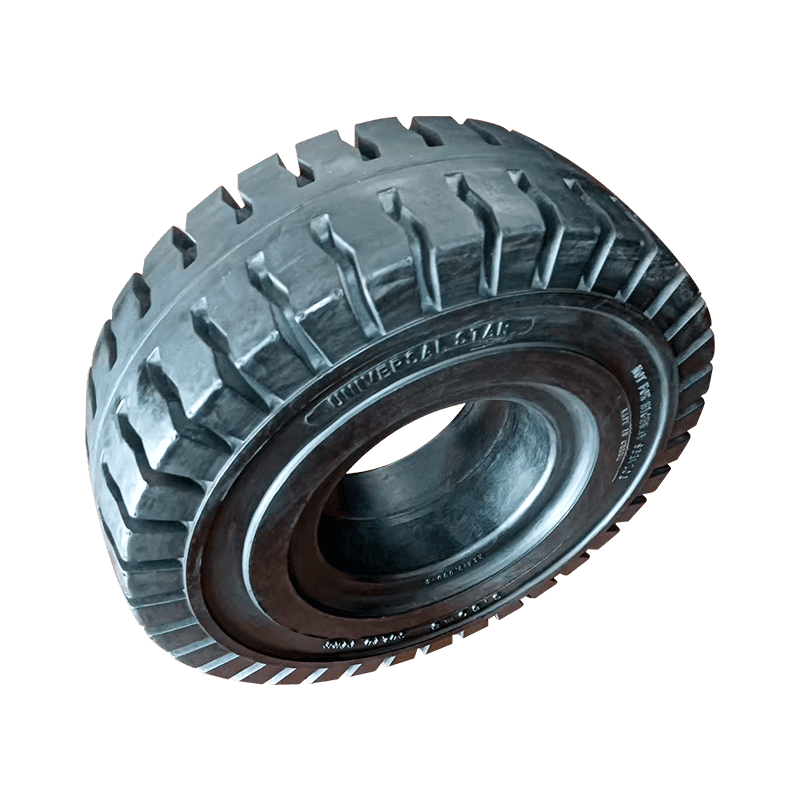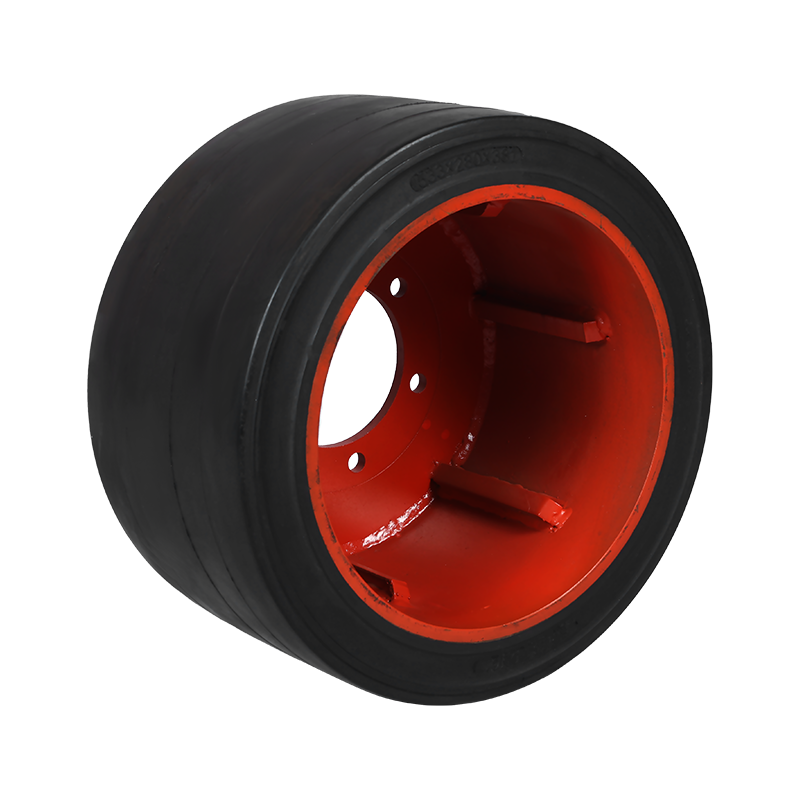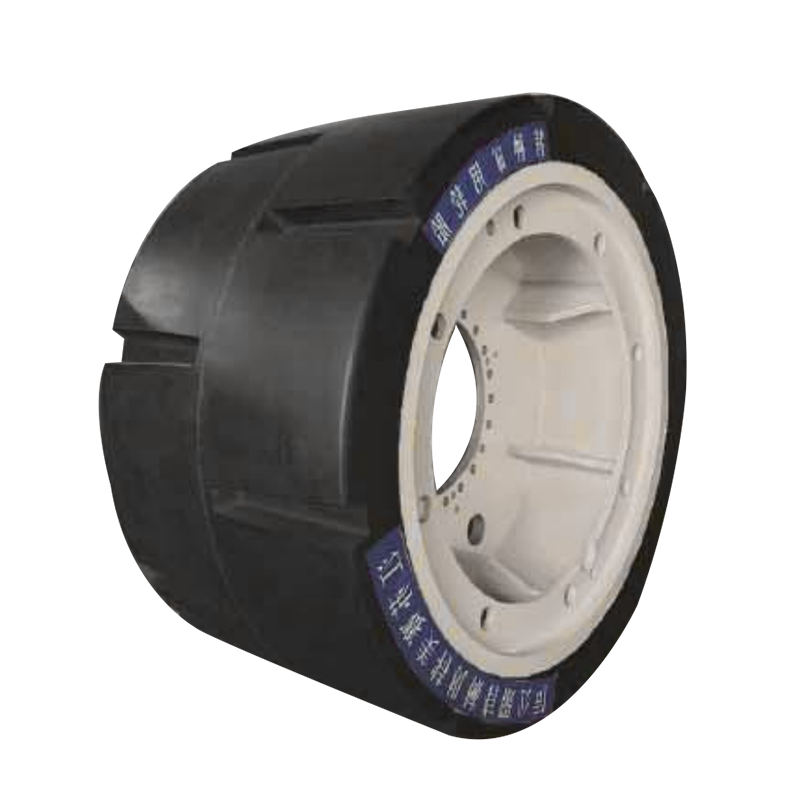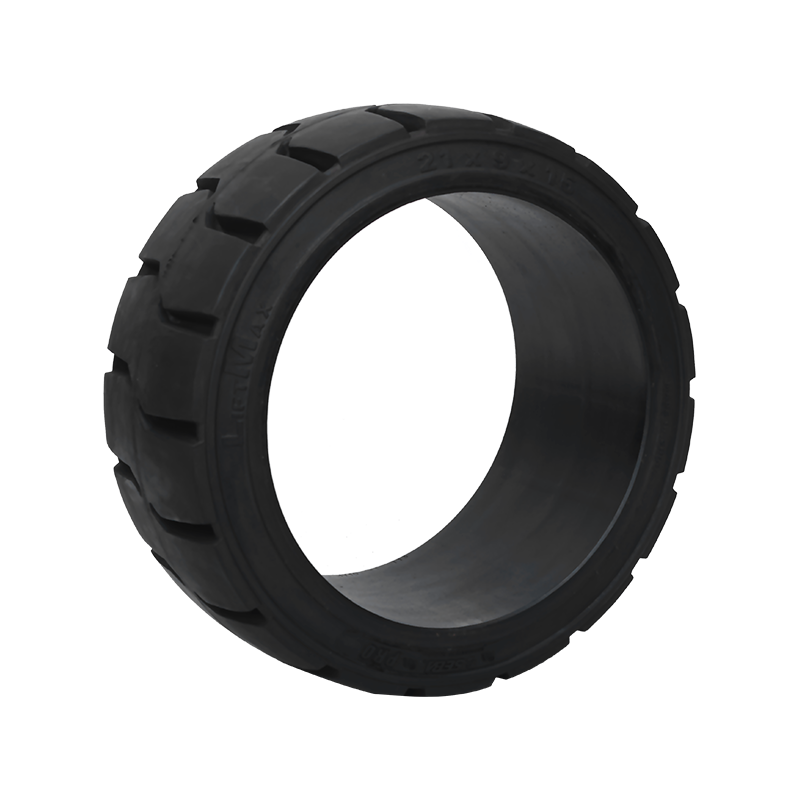The Unsung Heroes of the Jobsite: A Deep Dive into Skid Steer Tires
Skid steers are the undisputed workhorses of countless jobsites, indispensable for their versatility in tasks ranging from excavation and grading to material handling and landscaping. Yet, the often-overlooked components that enable their tireless performance are their tires. Far from being mere rubber circles, skid steer tires are highly specialized engineered products, crucial for optimizing machine performance, operator comfort, and ultimately, project efficiency.
The Demands on Skid Steer Tires: A Harsh Reality
Unlike passenger vehicle tires designed for paved roads, skid steer tires operate in an unforgiving environment. They endure:
- Extreme Punctures and Cuts: From rebar and scrap metal to rocks and construction debris, the ground is a minefield of potential hazards.
- Heavy Loads and Uneven Distribution: Skid steers frequently carry substantial loads, and the nature of their operation (skidding, turning in place) puts immense, uneven stress on the tires.
- High Torque and Abrasion: The powerful hydraulic systems deliver significant torque, leading to high abrasion, especially during turns and rapid acceleration/deceleration.
- Varying Surfaces: They transition seamlessly (or not so seamlessly, depending on tire choice) between asphalt, concrete, dirt, mud, gravel, sand, and even snow.
- Heat Buildup: Constant friction and heavy loads generate significant heat, which can degrade tire compounds over time.
Key Characteristics and Construction of Skid Steer Tires
To withstand these rigors, skid steer tires are engineered with specific characteristics:
- Ply Rating/Load Index: This indicates the tire's strength and its ability to carry weight. Higher ply ratings signify greater durability and load-bearing capacity, crucial for demanding applications.
- Tread Pattern: This is perhaps the most visually distinct and functionally critical aspect. Different tread patterns are designed for optimal performance on specific surfaces:
- R4 (Industrial Lug): The most common and versatile, offering excellent traction on dirt, mud, and gravel with good self-cleaning properties. The deep, aggressive lugs provide biting edges.
- R3 (Turf): Featuring a shallower, more rounded tread, R3 tires minimize disturbance on delicate surfaces like lawns and golf courses. They offer less traction on loose materials but protect the ground.
- SM (Solid Mine) / NHS (Non-Highway Service): These are solid rubber tires, virtually impervious to punctures. While they offer the ultimate in durability, they provide a harsher ride and less cushioning, often used in severe applications like demolition or recycling.
- Specialty Treads: Manufacturers also offer application-specific treads, such as those designed for snow, forestry, or specific waste handling environments, featuring unique lug shapes and compounds.
- Rubber Compound: The chemical composition of the rubber significantly impacts wear resistance, traction, and heat dissipation. Premium tires often use proprietary compounds to balance these properties.
- Sidewall Construction: Skid steer tires typically feature reinforced sidewalls to resist pinching, impacts, and provide stability under heavy loads.
- Bead Design: A robust bead is essential for securely seating the tire on the rim and withstanding the forces exerted during operation.
Choosing the Right Tire: A Strategic Decision
Selecting the appropriate skid steer tire is not a one-size-fits-all proposition. It requires careful consideration of several factors:
- Primary Application: What tasks will the skid steer predominantly perform? (e.g., demolition, landscaping, farming, road construction).
- Operating Surfaces: What types of terrain will the machine most frequently encounter?
- Load Requirements: What is the typical weight the skid steer will carry?
- Budget: While cheaper tires may be tempting, investing in higher-quality tires often translates to longer lifespan, fewer downtimes, and better performance, ultimately saving money in the long run.
- Operator Preference: Some operators prioritize ride comfort, while others value maximum traction or puncture resistance.
Maintenance for Longevity
Even the toughest tires require proper maintenance to maximize their lifespan and performance:
- Proper Inflation: Maintaining the recommended tire pressure is paramount. Under-inflation leads to excessive heat buildup, premature wear, and reduced stability, while over-inflation can reduce traction and make the tire more susceptible to impact damage.
- Regular Inspection: Routinely check for cuts, punctures, bulges, and excessive wear. Early detection can prevent catastrophic failures.
- Tire Rotation: While not as common as in passenger vehicles, rotating skid steer tires can help even out wear patterns, especially if one side experiences more stress.
- Cleanliness: Remove debris, mud, and rocks from the tread and between the lugs to maintain traction and prevent damage.
The Evolution of Skid Steer Tire Technology
The skid steer tire industry is constantly innovating. Recent advancements include:
- Improved Rubber Compounds: Leading to enhanced wear resistance, better heat dissipation, and superior grip.
- Run-Flat Technology: Some tires incorporate internal structures or foam fills that allow them to operate even after a puncture, reducing downtime.
- Segmented Solid Tires: These tires are made of individual rubber segments that can be replaced if damaged, extending the tire's overall life.
- Smart Tires: Emerging technologies are exploring integrated sensors to monitor tire pressure, temperature, and even wear in real-time, providing valuable data for predictive maintenance.
Conclusion
Skid steer tires are far more than just components; they are integral to the machine's functionality and the overall success of a job. Understanding their diverse types, construction, and the factors influencing their selection and maintenance empowers operators and fleet managers to make informed decisions. By investing in the right tires and adhering to best practices for their care, businesses can significantly enhance the efficiency, safety, and profitability of their skid steer operations, ensuring these versatile machines continue to be the unsung heroes of the jobsite.
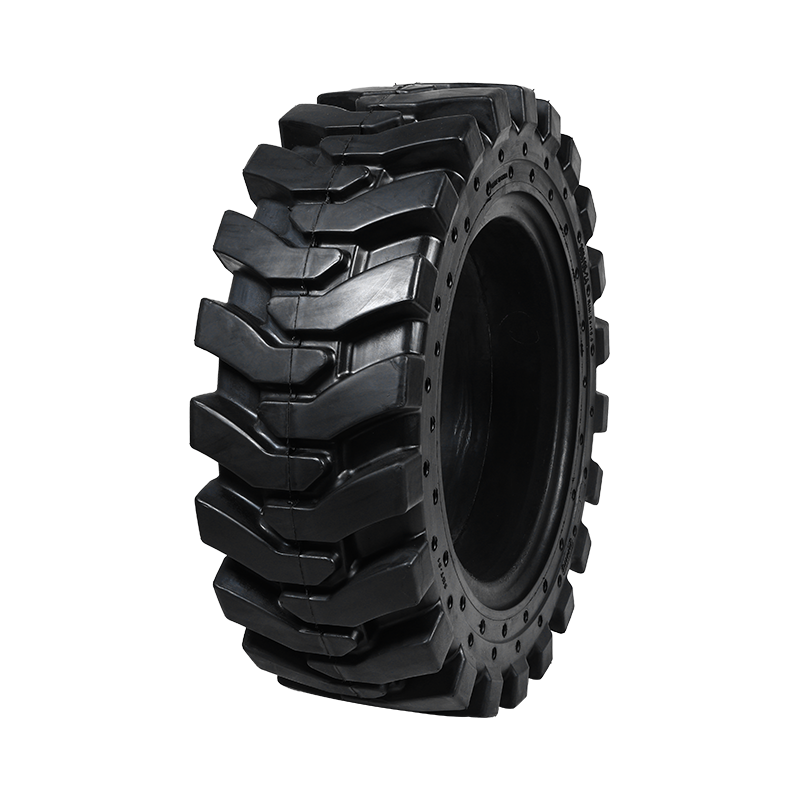
CONTACT US
-

Email: SMT001@saimeite-tyre.com
-

Phone: +86-18451337018No. 1, Renmin South Road, Yandu District, Yancheng City, Jiangsu Province, China

 English
English 한국어
한국어 Français
Français Español
Español
